Featured Stories
Rickie Lee Jones: The Duchess of Coolsville
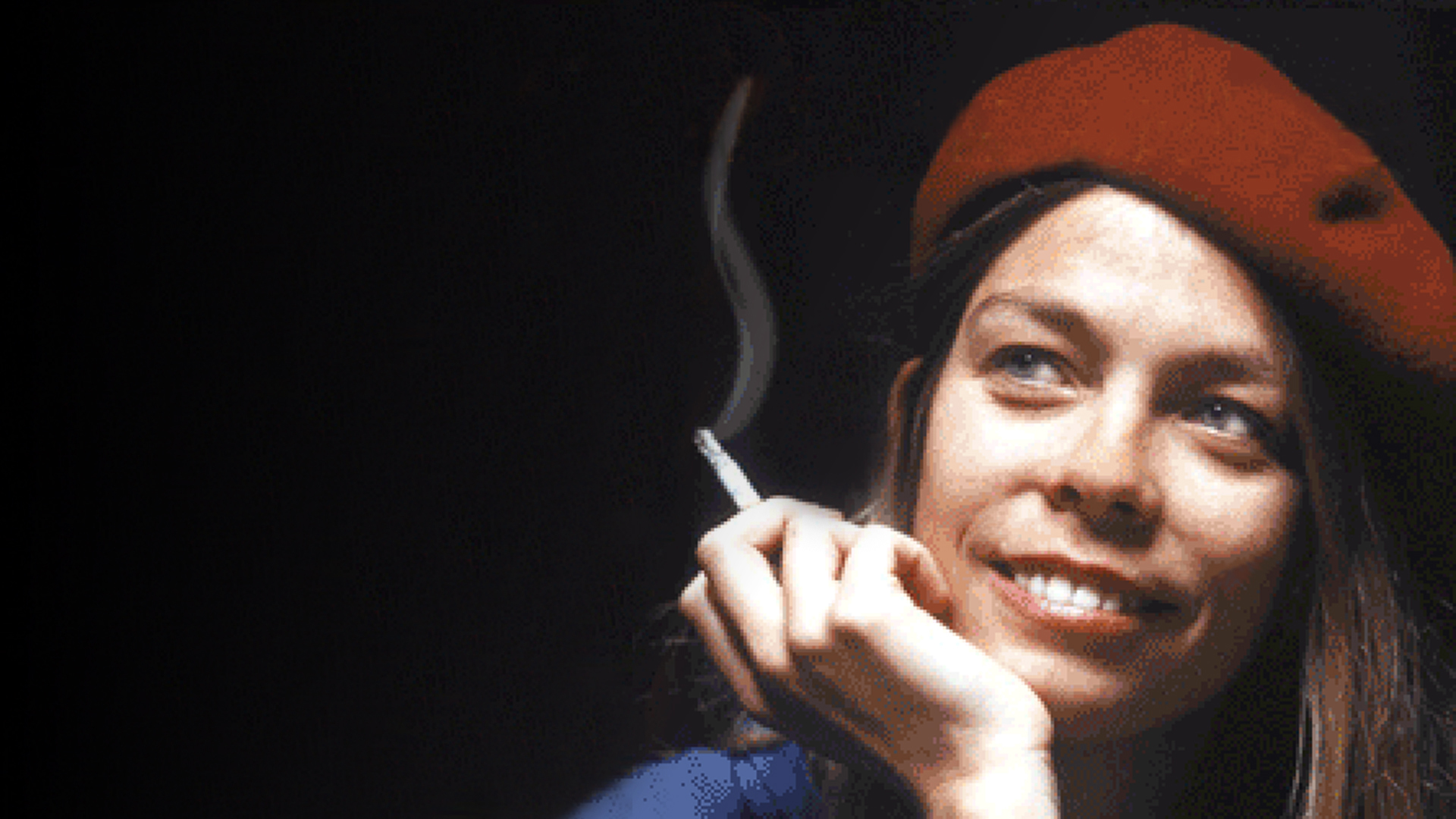
Rickie Lee Jones, 1979.
What goes into the making of a great pop record? The ones that truly pop make us dance and sing and last for decades—still sounding fresh, new, and original—are few and far between. In 1979, singer-songwriter Rickie Lee Jones, fresh from a short-lived romance with the legendary Tom Waits, recorded a song that was created on a whim from a conversation a few years before. It happened when Waits, during a phone conversation with the third part of their funky trinity of blue-eyed soul, Chuck E. Weiss made a seemingly off-handed and outrageous comment. The trio were friends during the time Rickie Lee was playing Doug Weston’s Troubadour, located just a short distance from their home at the Tropicana Motel. It was during the sing-songwriter salad days of 1977 that Chuck E. was the dishwasher at the musical mecca venue. The three of them were inseparable at the time. After his passing many years later, Jones described Chuck E. with broad strokes of imagination:
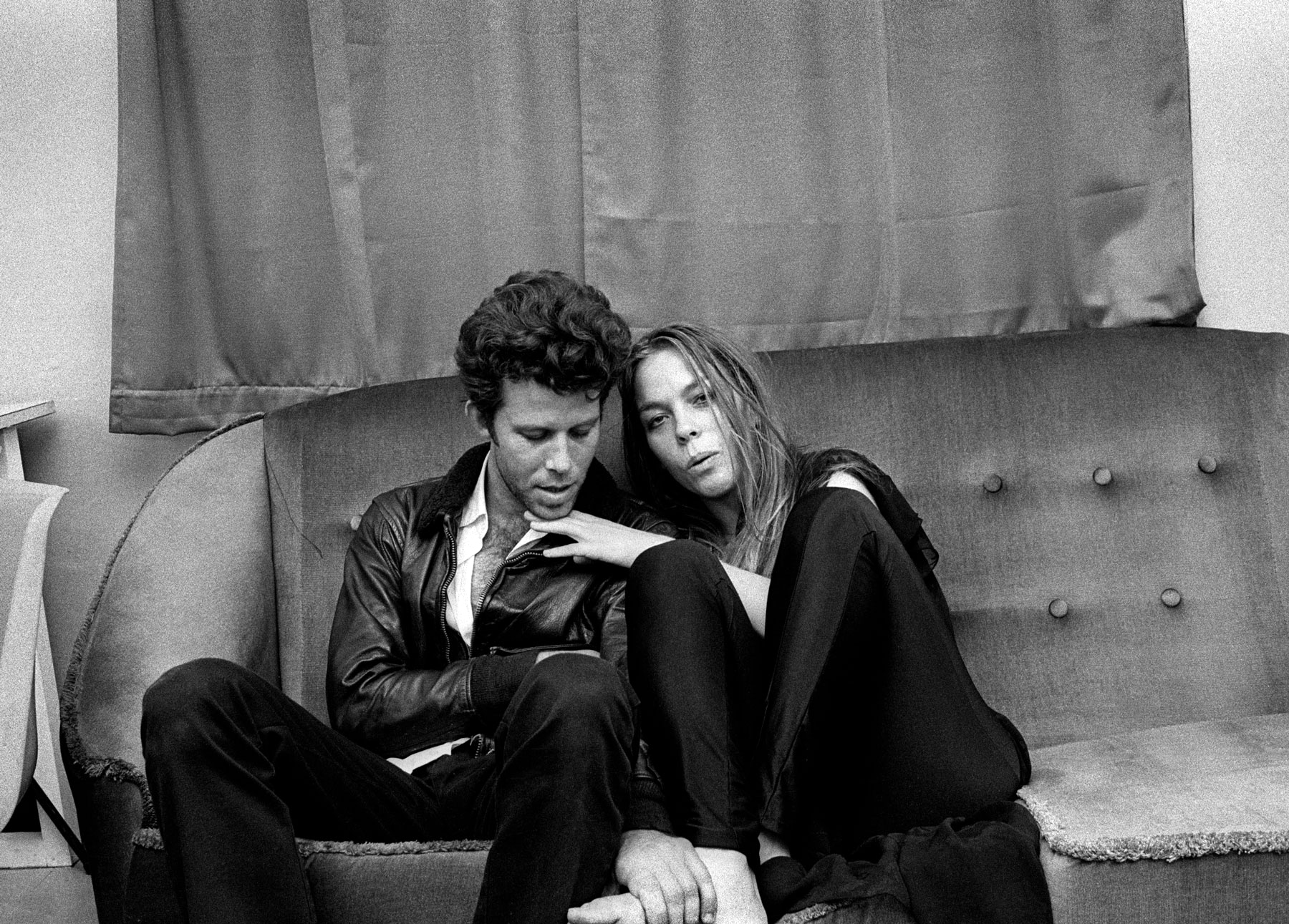
Jones with Tom Waits.
“Chuck Weiss was Tom Waits’ sidekick for so many years that when I met him, I could not tell them apart. It was as if he had always been there. They were two of the most charismatic characters Hollywood had seen in decades and without them I think the entire street of Santa Monica Boulevard would have collapsed.”
At the time Chuck E. had disappeared from the scene. Tom got the now famous phone call from his friend and asked where he’d been. To which he replied cooly, “I’m in Colorado and I’m in love!” Tom called out to Rickie Lee: “Chuck E.’s in love!” The phrase froze in time for the young singer-songwriter and grew into one of L.A.’s golden anointed moments in the birth of a hit song.
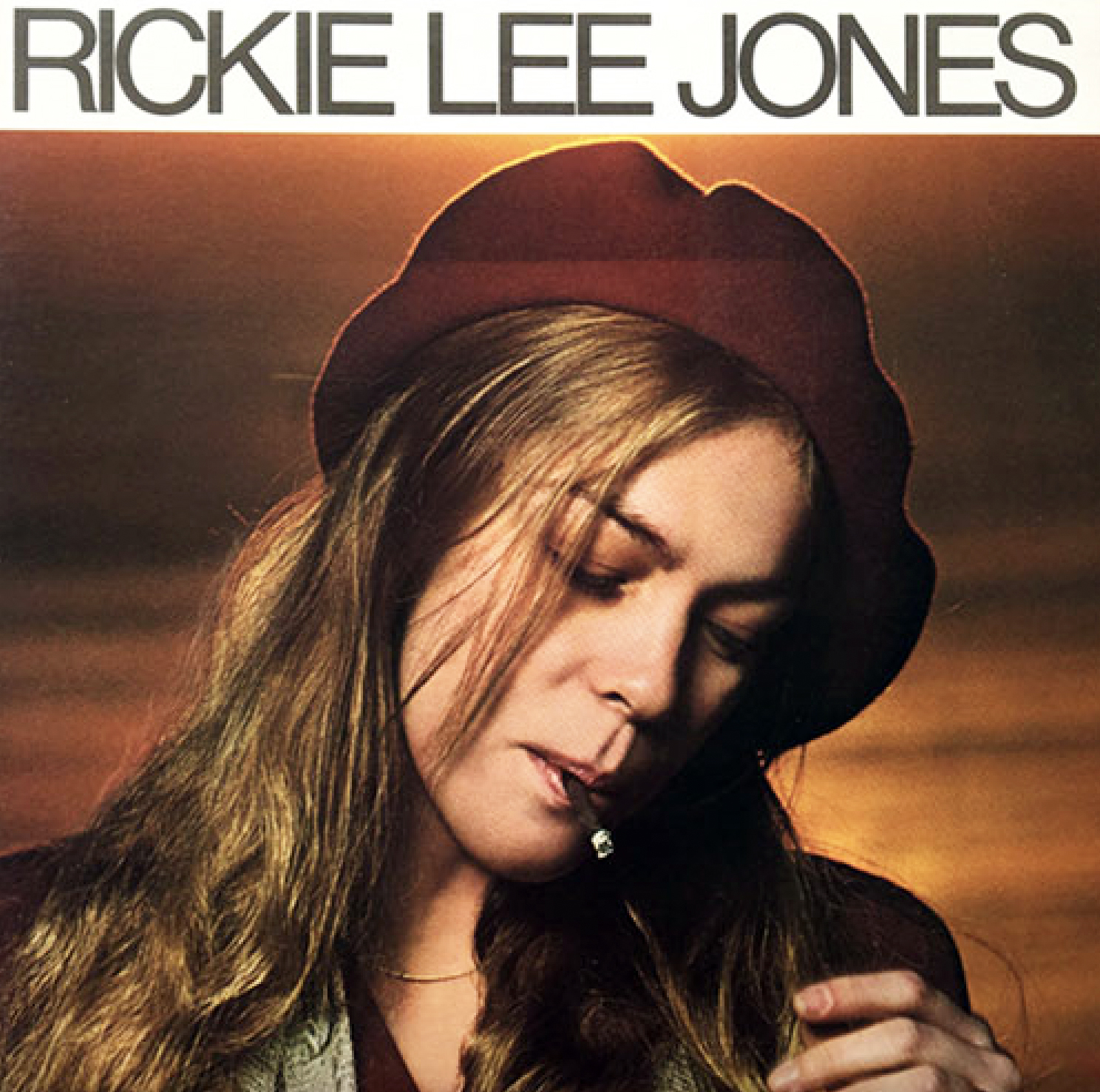
Jones’ debut album cover.
Of course, it helped that the idea came to Rickie Lee Jones in that moment, who had the talent to write and record a song that jumped out at the listener all dolled up in neon lights and declared, “This is a HIT song!!” It happened because of the imagination of a great singer-songwriter.
The song, along with the album’s collection of tunes, which she had been performing around the L.A. music scene from Venice to Hollywood, was strong enough to land her a recording contact with a debut album that included star-studded recording sessions on her eponymous debut album in 1979. The stars included Randy Newman, Dr. John, Tom Scott, and Michael McDonald. The song rightly opens the album of consistently beautifully conceived songs. It became the obvious choice for the album’s single, “Chuck E’s in Love.” It became an international hit scoring #4 on the U.S. Billboard.
The opening funky, drop-down bass and acoustic guitar pairing follows with a whimsical almost comical lead into the singer’s vocal with familiar words:
How come he don’t come and P.L.P with me
Down at the meter no more?
The terms P.L.P is vintage street-slang for Personal Leaning Post, which referred to friends leaning against each other, a symbol of mutual interdependent friendship. The song then uses the local L.A. streets as its setting with pool halls and liquor stores in the L.A. streets. Even the Pantages Theatre comes up as the search continues for Chuck # with the singable refrain:
I saw him
He was sitting’ behind us
Down at the Pantages
And whatever it is
That he’s got up, his sleeve
Well, I hope it isn’t contagious.
Chuck E’s in love, yeah, yeah
Chuck E’s in love, love, love, love
Chuck E’s in love, my, my
Chuck E’s in love”
The recording and the album sessions include fewer familiar names to the general public, such as bass man Red Callender and guitarist Buzz Feiten, whose jazz, blues, and rock credentials include Duke Ellington, Louis Armstrong, Bob Dylan, and Paul Butterfield. They—with the other session musicians—bring a notable and distinct musical branding to Rickie Lee Jones’ first album.
Although this debut album has cast a legendary glow over the career of Rickie Lee Jones as well as the fact that she made such an impact during the peak of the singer-songwriter movement, Ms. Jones has not let that burden her. She sheds off the old skin of past successes naturally, even referring to her most famous song as the one “everyone hated.” Her first album hit such heights, many wondered where she’d go from here? Would this be a case of early flame-out in the wake of an artist like Christopher Cross. Anything but.
Between 1970 and 1989, Jones sold albums that went Gold and Platinum, and her talent and art grew more expansive.
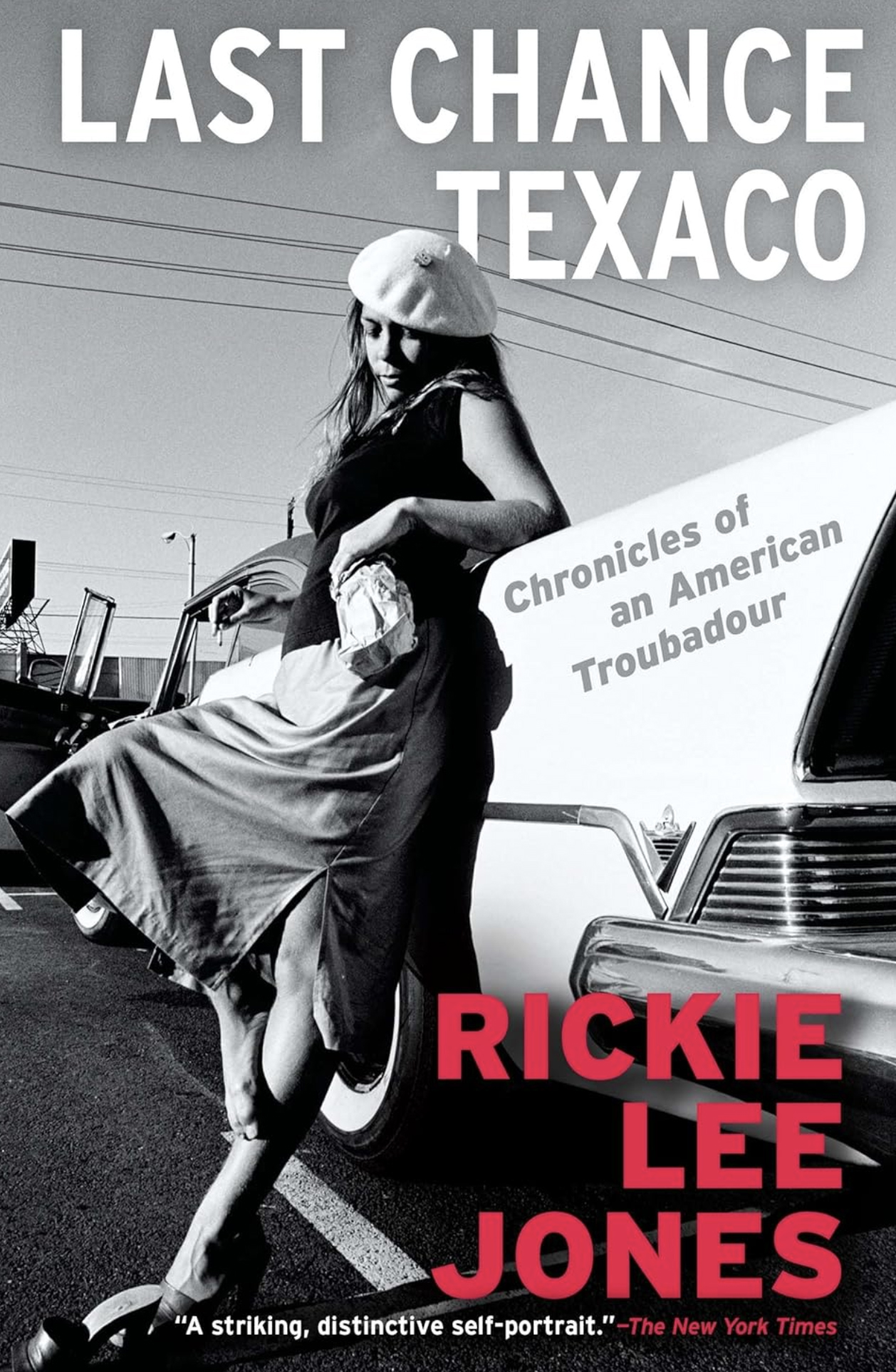
Jones’ book, Last Chance Texaco.
Over the last 40 years, Rickie Lee Jones has become a critically favored legacy artist and while her audience isn’t what it used to be she has come to occupy the same room with the best, including Bob Dylan, Joni Mitchell, Leonard Cohen, Janis Ian, and her old beau Tom Waits. This is because of her originality and vocal skill all tied together with songwriting skills displayed on a legacy of albums as of 1979 and carries us into 2023 when she released her album of jazz-pop standards, Treasures. In between there have been many roads that have allowed her to forge a unique place in the history of American music. To say she’s been underappreciated is a gross understatement. But she continues to thrive in her own creative vision, which has included experimentations in jazz, folk, rock, soul, and pop standards with some forays into punk influences and psychedelia. She is among the most unique of American artists who just can’t be pinned down.
Her leaning toward the stage may well have come from her paternal grandfather, Frank “Peg Leg” Jones, a cat known in his day as a dancer, comedian, and minstrel with Arthur Gardner and the Gloom Chasers. With his wife, Rickie Lee’s grandmother, Myrtle Lee, he would make his mark during the heyday of Vaudeville from 1910 to1933. She was named after her singer-songwriter father Richard Loris Jones. In 2009 she recorded her father’s song from 1954, “Balm in Gilead,” written the year she was born.
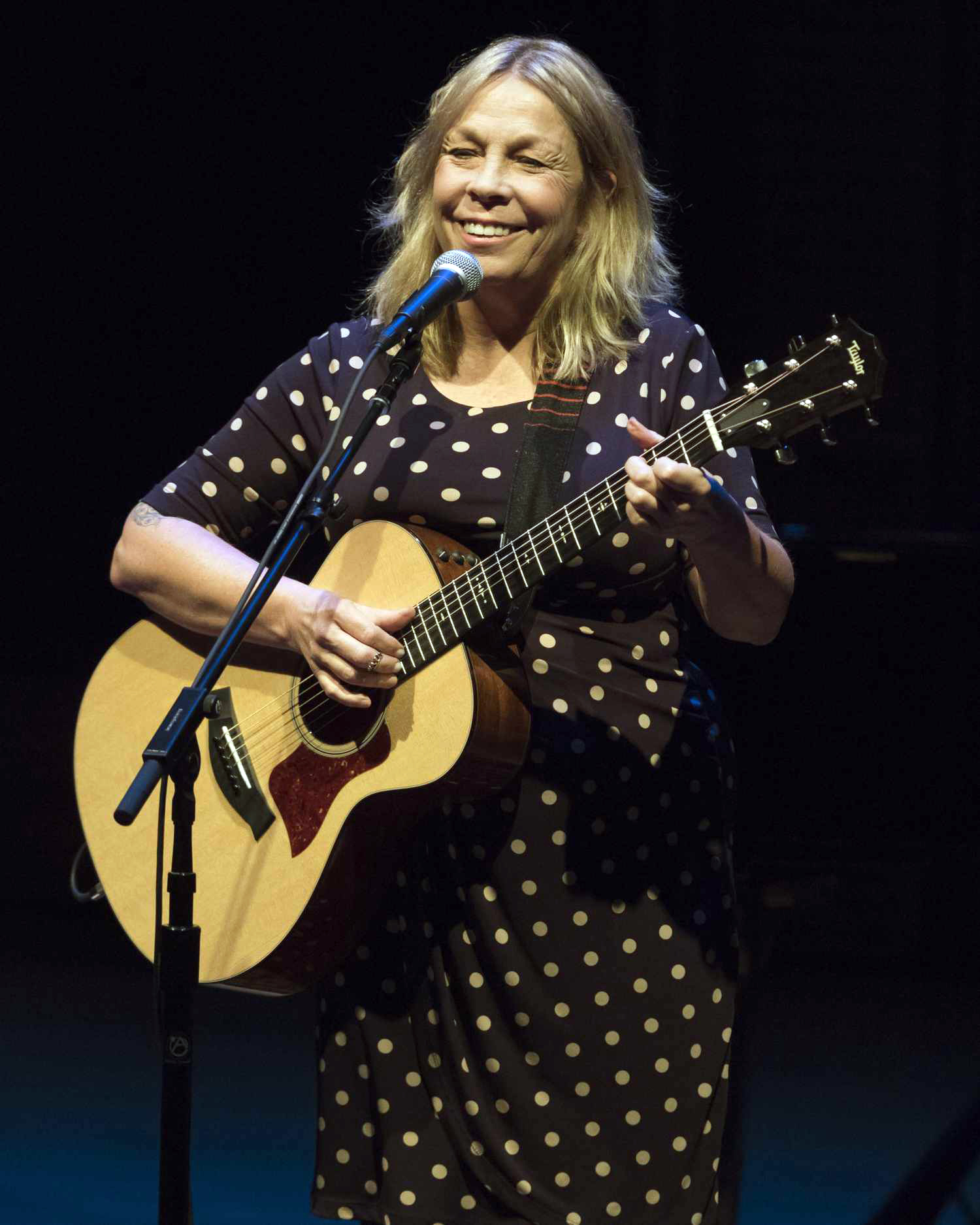
That she has not been inducted into the Rock ‘n’ Roll Hall of Fame only diminishes the Hall’s importance in the great scheme of things. But her pedigree is revealing. When she began performing her songs in Los Angeles in the ’70s, few knew her family background. She became known for her relationship with Tom Waits and their close friend, Chuck E. Weiss, a roots rocker to be reckoned with from day one. However, she was not eye candy… she would attract the attention not only of Tom Waits, but in the days that unfolded from her usual hang out around the Tropicana Motel, she would be seen around town driving in a top-down car with Lowell George, the great singer-songwriter and co-founder of Little Feat. Somewhere in there, between the gigs at Doug Weston’s Troubadour, cutting major record deals and recording an iconic hit song that would immortalize Chuck E. Weiss forever, she found the time to have a fling with Dr. John-Mac Renobac, which she fondly recounts in her engaging memoir and impressionistic journal, Last Chance Texico. She returned to Tom Waits for a short time before they broke up for good. It is unfortunate that their parting was not amicable enough to allow them to work together with Francis Ford Coppola on his 1982 film One from the Heart. The director sought Rickie Lee to work with Tom on the film’s music, but both parties declined. It’s understandable following a break-up. But it makes you wonder what could have been. Instead, the gig went to Loretta Lynn’s younger sister, Crystal Gale.
Through 42-plus years that has helped shape the marriage of art and music, Rickie Lee Jones is a true legend through her art. Along the way she’s gathered diamond songs and stories like so much L.A. stardust, creating a genre all her own. It does her art and her music a disservice to label it fusion or jazz-rock. Rather, she has created music that is a rainbow stew, and the ingredients include funk, jazz, R&B, rock, and a twist of something real and authentic. It’s all brewed together as her own musical recipe.
Her legacy of albums has become legendary because of her willingness to experiment and jump around genres like a child skips rope as well as her elastic jazzy vocals that seems like it spans the decades with traces of Billie Holiday, Ella Fitzgerald, and Rickie Lee Jone’ own vocal trademark.From all of this, Rickie Lee Jones has in her lifetime collected eight Grammy nomination nods and two wins as Best New Artist in 1980 and Best Jazz Vocal by a Duo or Group from her recording of “Making Whoopee” with Dr John.
Today, she still creates and is currently on tour coming through the Southland this month. She comes to town as one of the few legacy artists today who we can say, with no measure of doubt or qualification, that she is a walking treasury of the best that is American music.
Experience Rickie Lee Jones live on February 3 at the Belly Up in Solana Beach.






